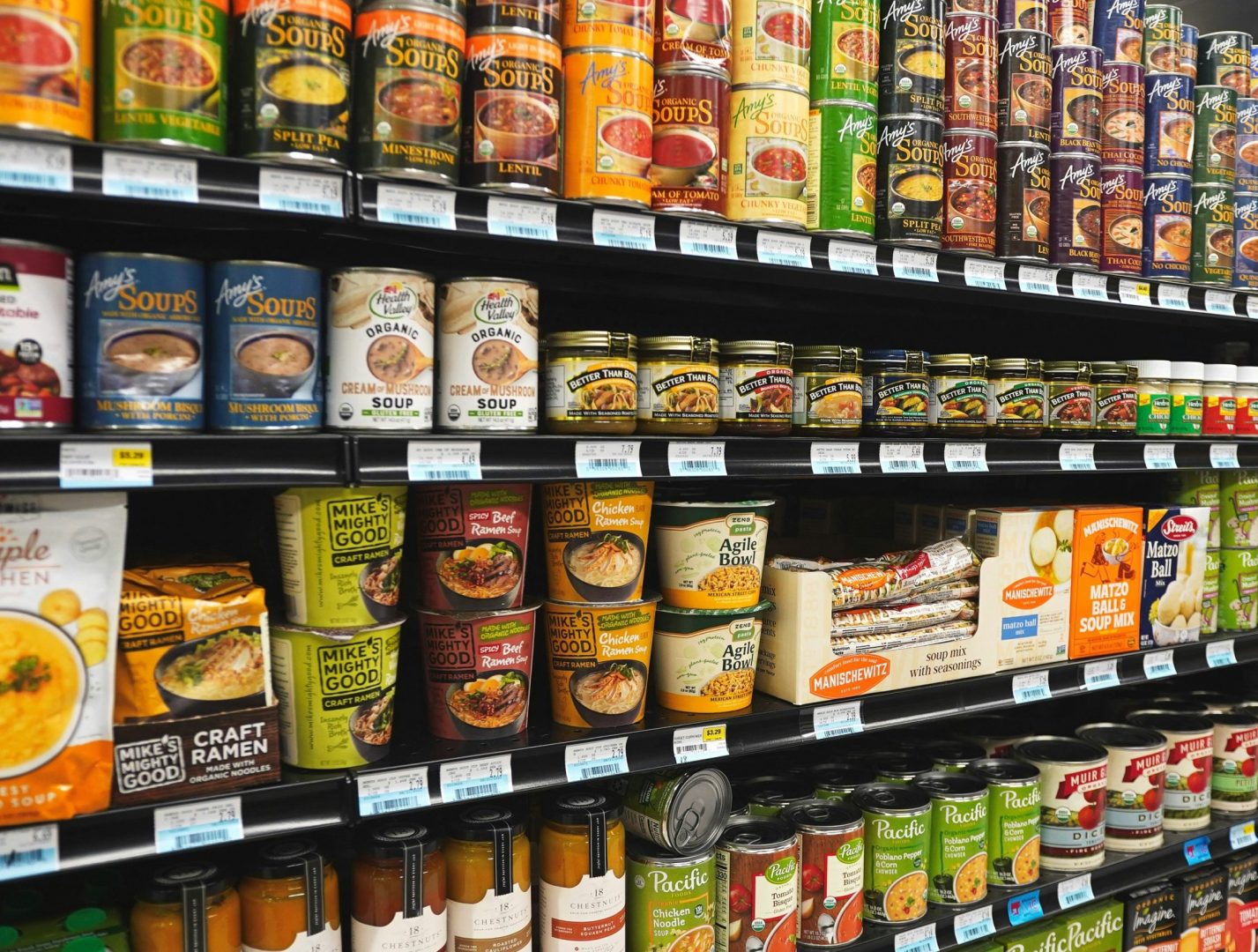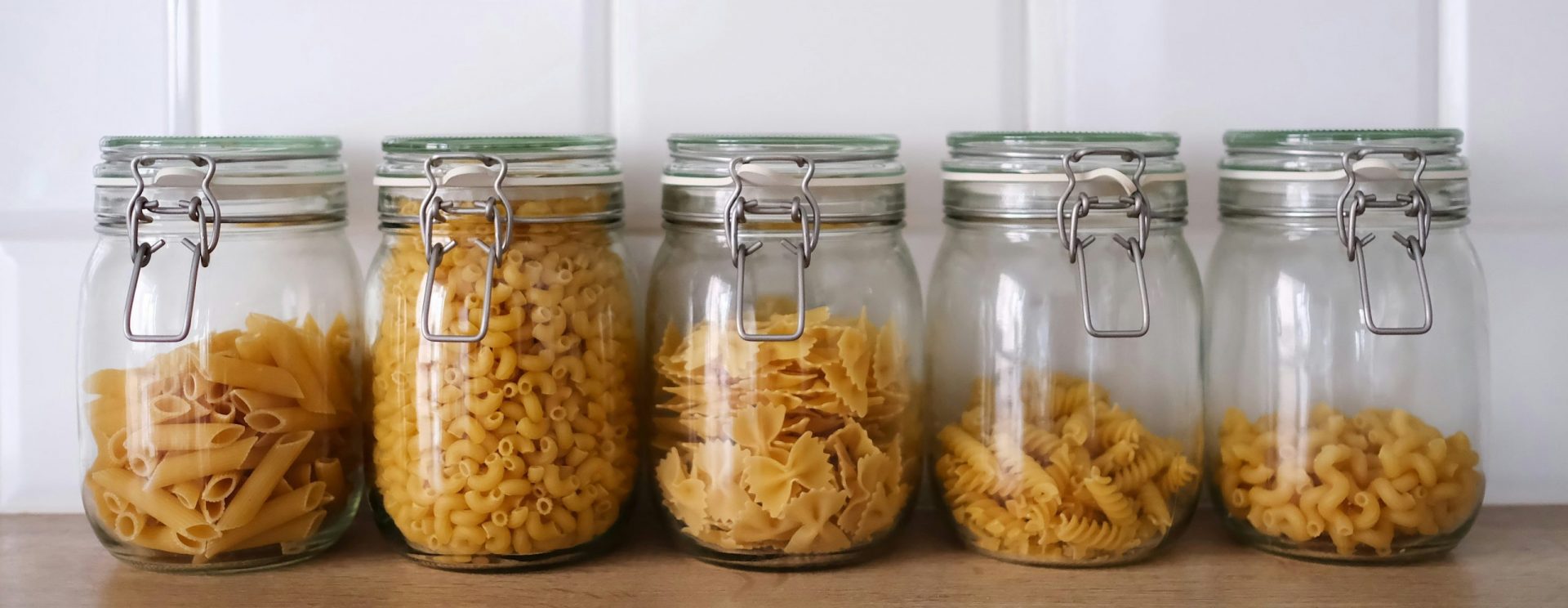Well, that’s a good question. How did I get started with my emergency food storage? First, I don’t like being hungry for long periods, so I decided to build a food stockpile, and that’s probably where you should start as well, with a decision. My first decision was to make a goal of 1 year of food storage for myself and my lovely wife. Since neither of us have any kids and we are not young enough to start a family any longer, it makes planning a bit easier. For a family of four, there would be twice as many considerations, especially what will you be putting on the menu in the event of a crisis. My number one rule is it does no good to store something that nobody wants to eat.
So Let’s think along the lines of what you normally like to eat. First, you need to think about protein, it is packed with calories and nutrients. I chose to get started by buying extra canned food when it was on sale. I purchased canned tuna, cans of chicken breast, canned roast beef, and the infamous canned “Spam” (I like it fried for breakfast occasionally). With that being said, it is important to remember all food has”best by dates”, so it is a good practice to eat some of your food storage and then replace it using the first in-first out method (FIFO), so in all reality you just have an extra large rotating food pantry. Another detail to pay attention to is the shape of the containers the food is in. Proteins and most canned goods will last much longer than the “best by” dates printed on the cans, but if the can is damaged in any way it could be subject to botulism, (a serious illness that can cause severe stomach pain, diarrhea, and in some cases even death). If there is any minor denting, the smell test works pretty well, but if any rust, leaking, or swelling is present it is probably not safe to eat. When in doubt toss it out! Cans of Fruit such as citrus, pineapple, and tomatoes all have high acid content and will not last as long as meats, green beans, corn, and other such low-acid foods, so the need for rotation is still an important detail that must not be overlooked.
If you have a vegetable garden at home then canning your own homegrown fruits and vegetables is another excellent source of quality food storage that we have just recently had some success with. The beets we just canned are so delicious, we also just canned some sweet cucumber chips and Roma tomatoes for sauces, and we plan on making some delicious raspberry and strawberry jams this summer. By the way, homemade jams are an excellent gift to give for Christmas or a lovely housewarming gift. Whatever you like to grow in your garden it always tastes so much better than the vegetables from the grocery store. Remember that food storage doesn’t just have to be for the end of world senarios

Another thing that is inexpensive and relatively easy to store is dry goods such as pasta and grains like rice or quinoa. the rice I have stored in a food-grade 5-gallon bucket. pasta stores just fine in the original packaging from the store. Beans, lentils, and split peas are all good for making soups and are easily stored in airtight containers.

Well, I hope that this post helps to simplify things for you. Store what you and your family like to eat and just keep adding things along the way. We decided that we wanted to extend our preparation out to two years from the original one year, mainly to help others in our family and any neighbors or friends that might be in need. So what we did was invest in some prepackaged freeze-dried foods with a twenty-five-year shelf life. When you start thinking in longer terms like that it does change things. Things like Spices, which we now like to buy in more bulk size packages. It also brings up other items such as toilet paper and medical supplies, but that can be for a separate article later.